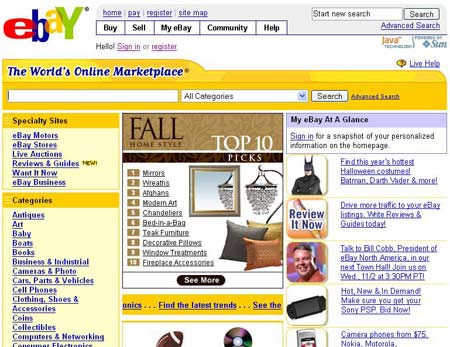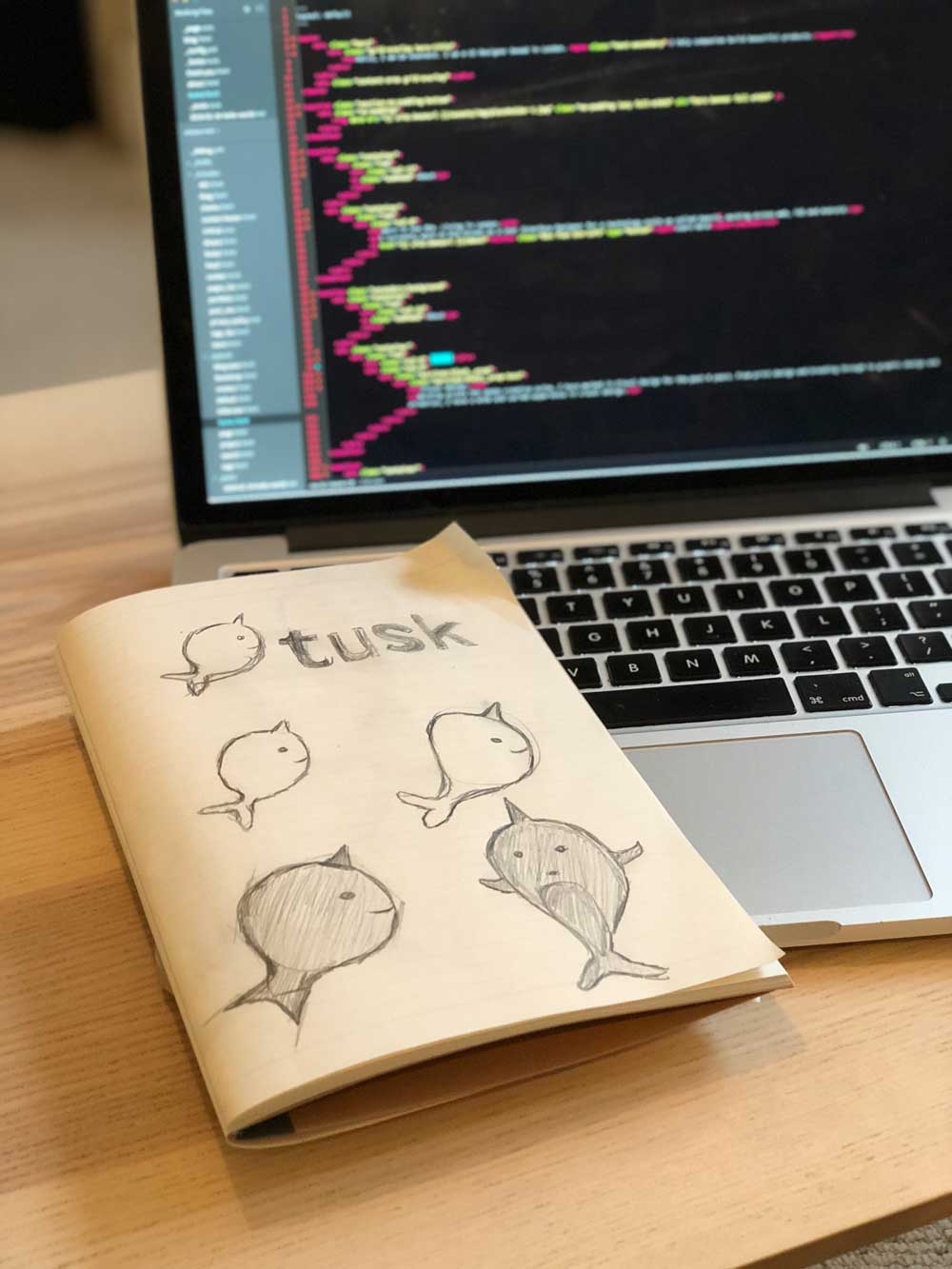
Ed Stennett
22 February, 2018 • 10 min read

Do you agree? Though it’s a rather sweeping and generalised statement, there is a large element of truth in the quote. Over the next 10 minutes or so, I want to break this down into three common user problems that product teams globally are facing, using examples from the last ~20 years.
The year is 2006, Microsoft’s internet explorer ruled the world wide web, the iPhone was a year off launch, and, out of a Harvard dorm room, Mark Zuckerberg’s facebook was now available to anyone over 13 years old with a valid email address. Valued at $500 million, Facebook worked on releasing a new feature called ‘News feed’ to the site with the aim of showing all of your friends activity in a single timeline. The idea seemed great, but what followed was a series of protests, most notably from the Day without Facebook campaign. A quote from the site almost vitriolicly attacks the update.
“As Facebook users we are almost universally against the new Feeds, and yet the response from Facebook has been to completely ignore our complaints, and in fact, in one response “Pete” our friendly customer service representative is actually boasting about some of the most complained about features. There are over 350 anti-Feed groups on facebook now, and less than 5 in favor of the development.”
Fast forward three years to 2009 and Facebook launches another major redesign to combat Twitter, now the third-highest-ranking social networking site. Zuckerberg pursued a strategy he has since often deployed against competitors he cannot buy: He copied, then crushed. As part of the new redesign, the feed updates in real-time and highlights appear on the right side of the screen. The revolt was unprecedented with 1.7 million, roughly 1% of the sites users, protesting against the redesigned home page by joining the “Petition Against the New Facebook” group. Facebook’s own new layout poll showed just how unpopular the recent redesign was with it’s users with just 75 thousand thumbs up out of 1.2 million votes.
At the time Facebook had 175 million active users. To date, Facebook has just surpassed 2.2 billion monthly active users.
Several years before this, eBay had a similar problem as they looked to follow in the footsteps of Google and clean up their image, going from a sunset yellow background to white.

Overnight, the yellow was gone and was replaced by a white background. The result; eBay received thousands upon thousands of complaints, hate letters, support tickets, emails and phone calls against the change. For what was perceived by eBay as a very simple, low risk change, turned out to be nightmare. The yellow background returned and peace was restored.
Interestingly though, eBay’s engineering team actually worked on an algorithm that, over the course of a year, would lighten the yellow background until it was eventually white.
The outcome? No one complained.
Yes, users resist change, but they can be shaped to accept it.
This kind of resistance to change is not specific to tech giants like eBay and Facebook. It affects companies globally everyday as they ship new features. As a product team, it can be tempting to play it safe and instil an attitude of ‘if it ain’t broke, don’t fix it’. Users resist change, it’s in their very nature to do so, but does that mean we should obsequiously revert every shipped feature that’s met with initial displeasure? For me, change is key. You have to constantly innovate and improve your product to remain competitive, but any change should make your users feel clever, not clueless. Had Facebook stood still and played it safe, how many active users would they have today, I wonder?
“If I had asked people what they wanted, they would have said faster horses.”
Often uttered by those with an air of self-righteousness, it would appear that there is no evidence that Henry Ford ever actually said those words, though the point still remains. So what do you do with user feedback? There are two opposing schools of thought. One side would argue that you can innovate directly inline with customer’s perceived neeeds, shipping new features based on feedback you have recieved around your product. The other side would counter that true innovation is achieved when you ignore customer input and instead innovate based solely on the companies wider vision. The late Steve Jobs famously felt the latter was the key to success.
It’s really hard to design products by focus groups. A lot of times, people don’t know what they want until you show it to them.
But is sheltered innovation really the key to a successful product? For Apple, maybe, but for most product teams, you simply can’t afford to ignore your users. Users sit at the very core of your product. Though I think it’s fair to say that users often don’t know how to articulate what they want or what it looks like, they do know why they want it. Take the Henry Ford quote as a case in point. His customers may have asked for a faster horse, but it was down to Ford to explore the wider need that they actually wanted to get from one place to another faster. For me, it’s about finding the need behind the need, and ensuring that future designs and further innovation of the product solve user problems, instead of being just a knee jerk reaction to feedback or a users request.
We live in a society that’s inherently dependant upon instant gratification and it is making us perpetually impatient. This extends very much to users. The latest studies suggest that 47% of users expect a web page to load within two seconds and that 40% of users will wait no more than three seconds for a web page to load before leaving the site. A 1 second delay in page response can result in a 7% reduction in conversions.
It’s important to remember that these numbers extend beyond just pure product performance and into the wider user experience of your product. If a user is unsure about how to do something, they will become frustrated, and frustration mixed with impatience is a fairly deadly mix when it comes to UX design.
As a product team, it is about identifying the potential pain points in your site, and designing solutions that will build trust between your product and users. At my current company, Seenit, we are exploring ways we introduce an on-boarding flow to our products to help guide users, whilst still making them feel clever. User onboard has been an invaluable resource for exploring how we can best achieve this, with a particular focus on showing users the product’s benefits, not features.
In additon to this, an intuitive user interface, governed by a company style guide, can help create a consistent, coherent user experience. Simple tricks like using one colour throughout to indicate a link or action, consistent font sizes and layouts can work wonders as users ‘scan’ your product.
Users can be tricky, yes, but ultimately they sit at the very core of the products we build. Users will always be impatient, they will always resit change and they won’t necessarily know what they want, we know that and we know that this will only get worse. That’s why it’s the people designing and building the product that must constantly change to better understand their users. With a data driven approach and an openness to receive and dissect feedback, you can then start to drill down into your user’s need behind the need and begin to innovate your product into something truly remarkable.
Blog • 16 Oct 18 • 1 min read
A collection of social media posts designed for Tusk.
Read moreBlog • 5 Mar 18 • 3 min read
Over the last week, I've been lucky enough to work on an enormously exciting rebrand project that gave me an opportunity to get my hands into an area of design I haven't touched for over a year: (re)branding.
Read moreBlog • 28 Apr 18 • 3 min read
To define is to limit. From Oscar Wilde’s ‘The Picture of Dorian Gray’, the quote explores how when something is given a definition, it is confined to the parameters of the definition itself and limited as a result.
Read more

